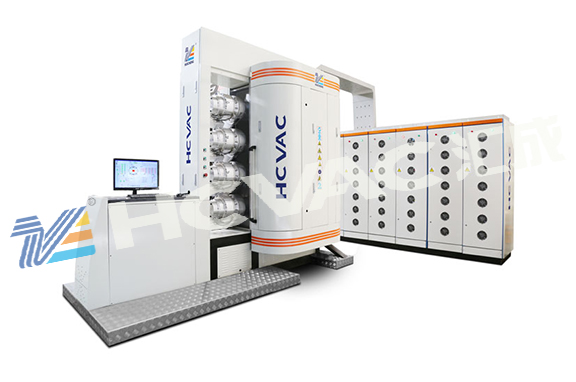TiO2 film photoconductivity and photocatalysis were used to prepare different series of TiO2 film samples (F concentration, holding time, film thickness, crystal type) on quartz substrate by sol-gel method, and the structure and properties of the samples were characterized by X-ray diffraction and other analysis and testing methods. The photocatalytic properties of the film samples were characterized by the experimental determination of the photodegradation of methylene blue solution, and the photoconductivity was determined. The results show that the higher the photoconductivity value, the better the photocatalytic performance of the sample, which indicates that there is an inherent relationship between the photoconductivity and photocatalytic performance, and provides an experimental basis for the characterization of photocatalysis by physical method. The results show that both the optimal F concentration (2%) and the optimal film thickness (331.5 nm) exist for photocatalysis and photoconductivity. The larger the grain size, the better the photocatalysis and photoconductivity. The anatase-rutile mixed crystal is better than the single anatase phase.

Since 1972, when Fujishima discovered the photodissociation of water on TiO2 semiconductor single crystal electrode, people began to study the photocatalysis of polyphase semiconductors. Photocatalytic degradation is a complex photochemical reaction, and there are many factors affecting the degradation characteristics, such as light wavelength, light intensity, temperature, PH, etc. The experiments are also complicated. So far, there is no unified and widely applicable standard for evaluating the photocatalytic activity of TiO2.
In recent years, researchers have begun to study and characterize the photocatalytic performance by surface photovoltage, light-dark conductivity ratio, bright and dark state conductivity and other physical methods, hoping to obtain a simpler method for evaluating the photocatalytic performance. TiO2 is a high-resistance semiconductor with very low dark conductivity, and dark resistance is usually obtained by measuring micro-current, which is easily affected by the measurement accuracy of the instrument and external noise, thus reducing the reliability of the measurement results. The ratio method of light-to-dark conductance is affected by the measurement error of dark conductance.
At present, TiO2 thin film preparation methods include sol-gel method, atomic layer deposition method, vapor deposition method, sputtering method and low temperature plasma jet method, among which sol-gel method has been widely used because of its simple process and low cost. In this paper, photoconductivity method was used to characterize photocatalysis. TiO2 films under different conditions were prepared on quartz substrate by sol-gel method. Methylene blue was used as degradation object to study the photocatalytic performance of the films, and its photoconductivity was determined. In order to accurately compare the photocatalytic performance of each sample, the conditions such as light intensity and temperature were kept as consistent as possible during the experiment, so as to minimize the external influence of photodegradation. The TiO2 film samples used in this experiment are mainly different from the doping concentration, holding time, film thickness and crystal type. In order to understand the relationship between photocatalysis and photoconductance more comprehensively, the effects of various conditions on photocatalysis and photoconductance were analyzed from the characterization tests of different samples.
The introduction of TiO2 film photoconductivity and photocatalysis is more theoretical, and people who do not have deep research in this area may feel more difficult and difficult to understand, but it doesn't matter, read more and see more, and slowly will get better.



